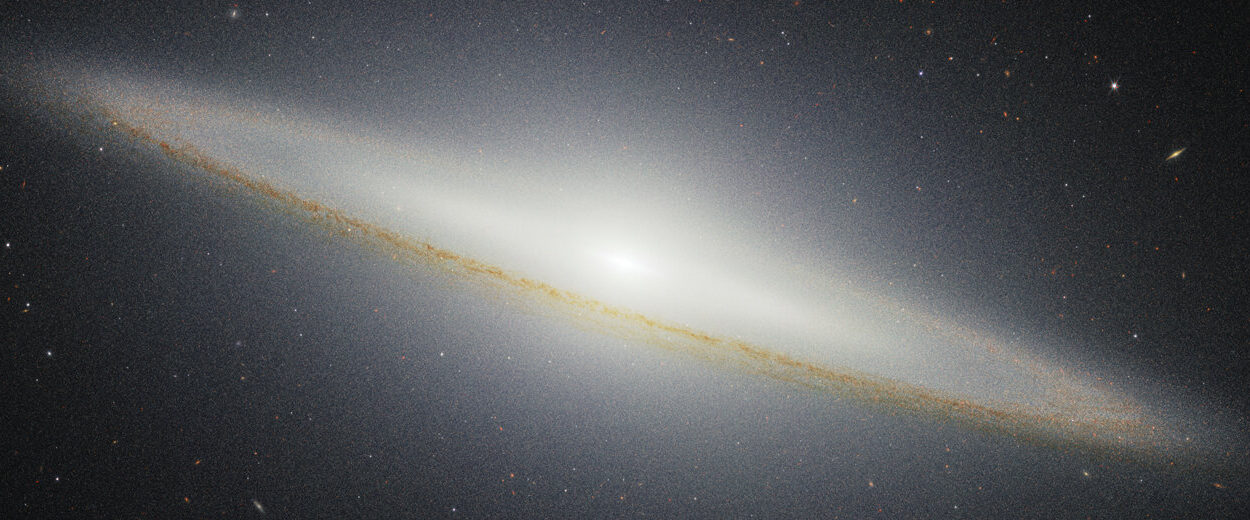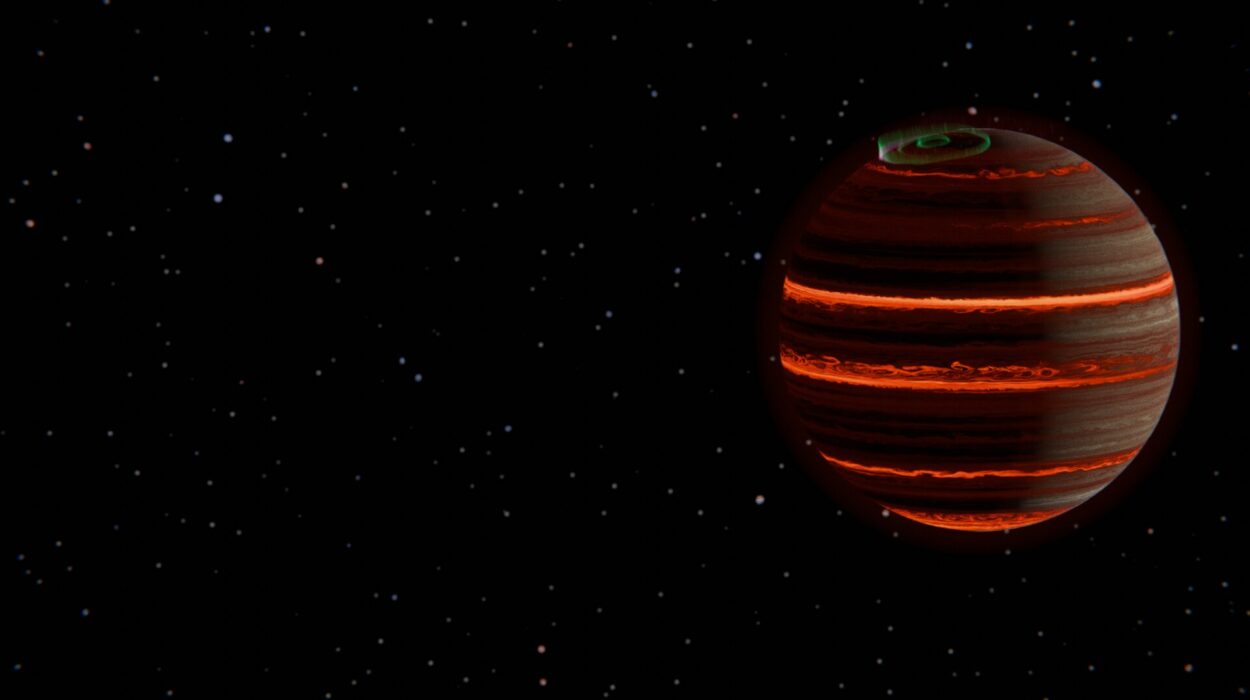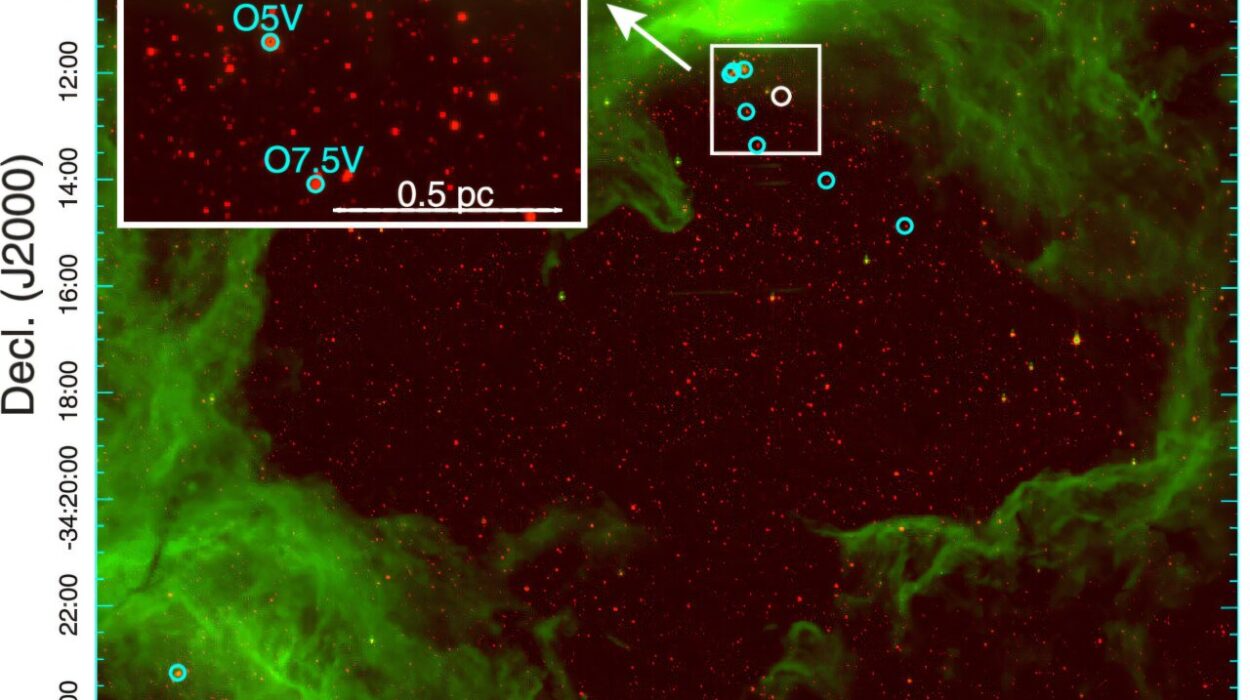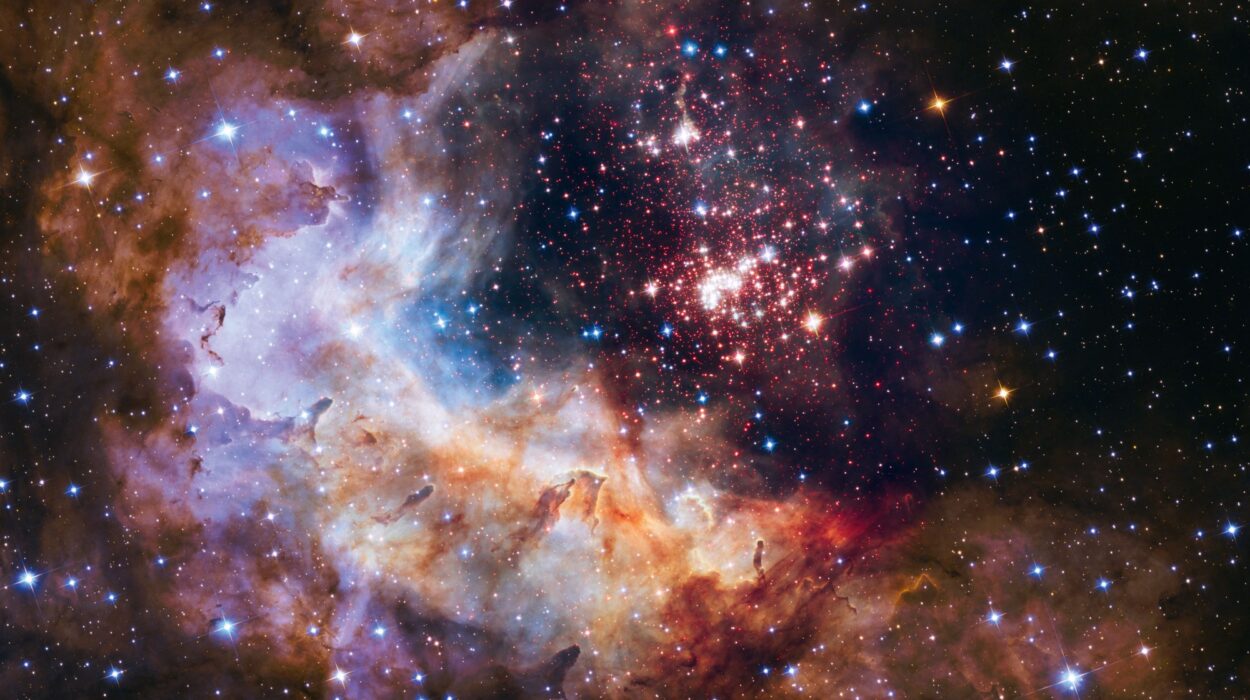High above the Earth, where the velvet darkness of space unfurls across eternity, a pair of stars performs an elegant cosmic dance—an endless ritual of shadow and light. And thanks to the sharp eyes of astronomers in Moscow, the curtains have just been pulled back on this celestial stage.
Astronomers from the Center of Astronomical and Space Education in Moscow have announced the discovery of a new eclipsing binary star, affectionately named Grigoriev 1, tucked away in the constellation Pegasus. Their findings, published on July 1 on the arXiv preprint server, are already sparking excitement among scientists eager to decipher the mysteries of stellar evolution and cosmic distances.
In a universe teeming with countless stars, one might wonder: why does this one matter? The answer lies in the strange and breathtaking story unfolding between two stars locked in gravitational embrace.
An Unseen Star Caught in the Act
It began as a faint ultraviolet signal captured by NASA’s GALEX space observatory, a silent flicker from deep in Pegasus. Astronomers from the Moscow-based center, engaged in a dedicated hunt for variable stars and supernovae since 2021, systematically combed through such signals for hidden gems.
They found one.
“The star was found through the systematic checking of ultraviolet sources of the GALEX space observatory in the Pegasus constellation,” the researchers wrote. And as they dug deeper, the light curve revealed a secret: Grigoriev 1 was not a single star at all but a binary system, with two celestial bodies circling each other every 6.6 days.
In this cosmic waltz, one star periodically slips in front of the other, dimming the combined light seen from Earth. These eclipses last around 1.5 hours, a brief but profound celestial blackout in the star’s otherwise steady glow.
But it wasn’t just the eclipse that fascinated the team—it was how the light vanished.
A Cosmic Contrast of Light and Color
When astronomers trained their instruments on Grigoriev 1, they noticed something striking. In different colors of visible light, the depth of the eclipse varied dramatically. Through the green-hued g filter, the star’s brightness plummeted by 2 magnitudes—a sixfold drop. Through the redder r filter, the dip was gentler, only 1.4 magnitudes, about a threefold decrease.
These clues painted a vivid portrait of the two stars involved. The eclipsing star, the one passing in front, appeared cooler and larger—about 30 times bigger and five times brighter than its smaller companion. This cooler giant cast its shadow, momentarily eclipsing its hotter partner and creating the cosmic spectacle visible from Earth.
An Algol-Type Binary With a Stellar Twist
Further investigation revealed Grigoriev 1 as a detached eclipsing binary system of Algol type. For those unfamiliar with the lore of the stars, Algol—sometimes known as the Demon Star—was the first known eclipsing binary, a star that brightens and dims as its companion obscures it from view.
In Algol-type systems, the smaller star often loses mass to its larger partner, spilling material across the abyss. But Grigoriev 1, researchers found, is something rarer still: its stars remain physically separate, orbiting at a distance of about 0.069 astronomical units—roughly 10 million kilometers apart. There’s no direct mass exchange happening here—yet.
Calculations pegged the cool star’s radius at a staggering 323,500 kilometers—almost half the size of our Sun—while the smaller, hotter star is a tiny but potent 10,000 kilometers across, about the size of Earth.
Even more intriguing, the hot component appears to be in a transitional evolutionary stage, caught between being a blazing subdwarf and the quieter destiny of a white dwarf. On the color-luminosity diagram, it sits in an intermediate position between those two stellar fates—a star in the throes of becoming something entirely new.
A Cosmic Lab for Stellar Evolution
Why does all this matter? Beyond the poetry of starlight, systems like Grigoriev 1 are invaluable laboratories for understanding how stars live and die. Variable stars help astronomers probe the internal structures of stellar bodies, offering insight into temperatures, densities, and even the nature of stellar cores.
They also serve as crucial mile markers in cosmic distance scales. By understanding the precise brightness and variability of such systems, scientists can better calibrate the distances to far-flung galaxies, refining our map of the universe itself.
Grigoriev 1 is particularly valuable because it has the second-longest orbital period among known Algol-type binaries, adding an important data point to the growing collection of variable star observations.
And it’s only the beginning.
“On the ‘color-luminosity’ diagram it occupies the intermediate position between hot subdwarfs and white dwarfs, which makes it even more interesting and worth studying at professional telescopes,” the team concluded.
An Ongoing Quest Under Pegasus’ Wings
With its unique physical parameters and rare evolutionary state, Grigoriev 1 has swiftly become a star to watch. As astronomers point telescopes skyward in search of further details—spectra, precise masses, orbital inclinations—they hope to unlock even deeper truths about how stars transform, fade, and sometimes flare into cosmic fireworks.
For now, high in the constellation Pegasus, two stars continue their eternal waltz, hidden from casual stargazers but now known to science. They are a reminder that even amid the glittering constellations, secrets remain waiting to be discovered—and that every flicker of light might hold the key to understanding the universe itself.
Reference: V. S. Grigoriev et al, Discovery and study of the eclipsing variable star Grigoriev 1, arXiv (2025). DOI: 10.48550/arxiv.2507.01005






